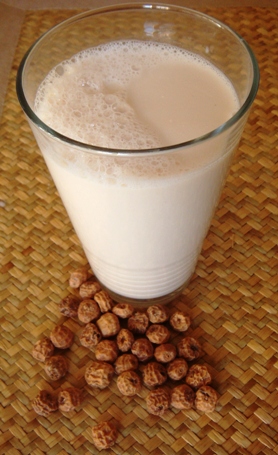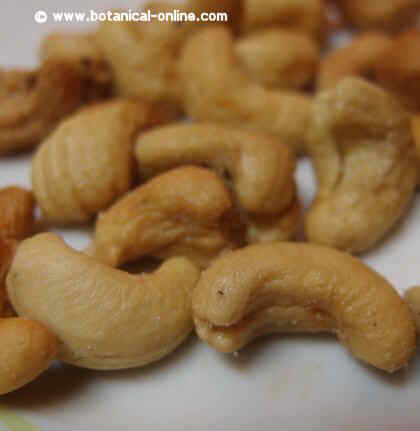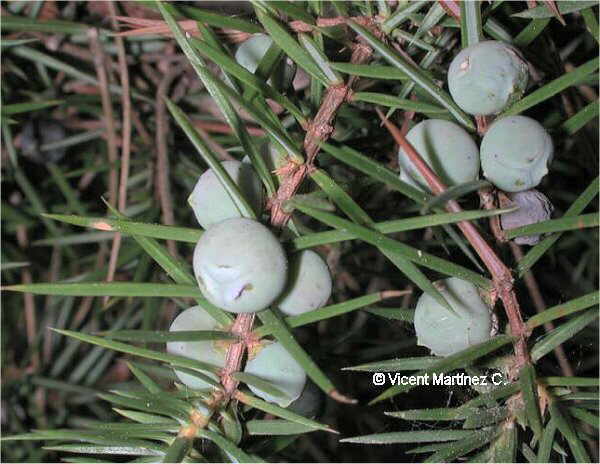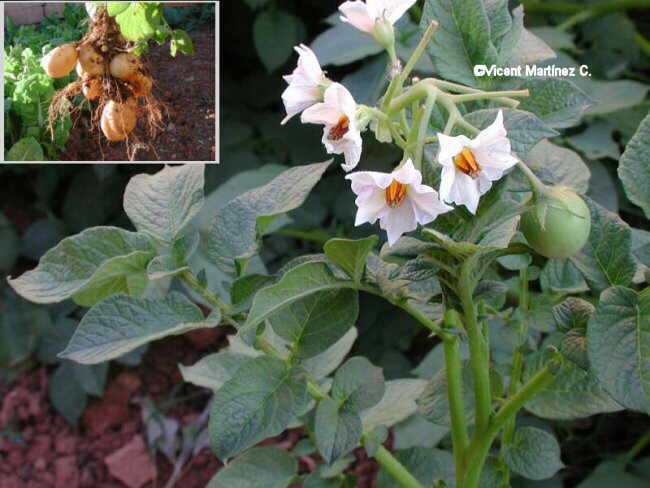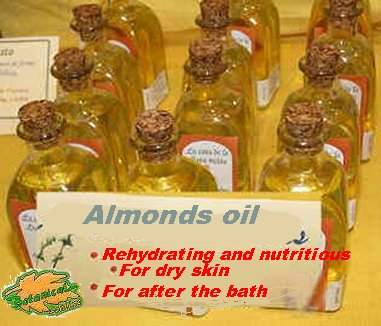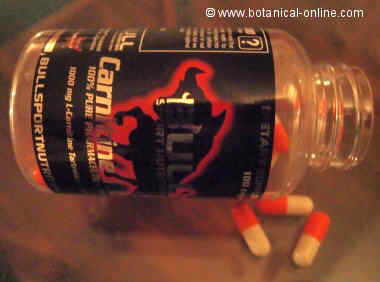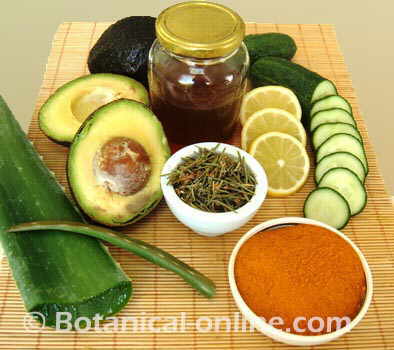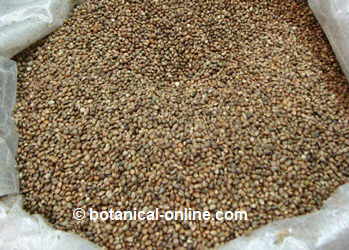Contents
- 1 When one should not take blueberries or cranberries?
- 1.1 What are blueberries and cranberries for?
- 1.2 Contraindications of blueberries and cranberries as fruit
- 1.3 Side effects of eating blueberries or cranberries
- 1.4 American cranberry or blueberry to cure cystitis?
- 1.5 Danger of buying a bad quality supplement
- 1.6 Are blueberry or cranberry juices recommended?
When one should not take blueberries or cranberries?
What are blueberries and cranberries for?
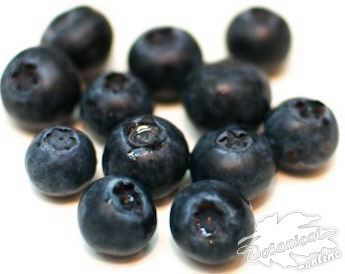
Blueberries (Vaccinium myrtillus L.) are mainly used in food like any other fruit.
American cranberries (Vaccinium macrocarpon A.), in addition to being consumed as food, are used as a supplement and as a juice for its powerful antimicrobial and antioxidant properties.
Contraindications of blueberries and cranberries as fruit
As an edible food, they do not have significant contraindications. The most urgent thing is to avoid the ingestion of these foods in case of people with allergies.
Side effects of eating blueberries or cranberries
The greatest side effect that consumption of these fruits can produce is a slight increase in urine output, since they are highly diuretic and purifying foods.
American cranberry or blueberry to cure cystitis?
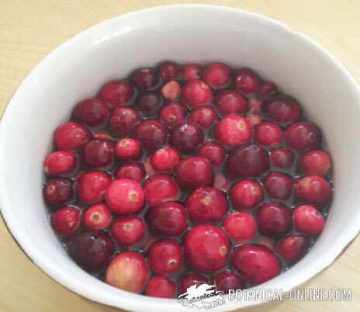
There is research supporting the antibiotic properties of American cranberry against certain bacteria causing urinary tract infections, which supports that it is recommended in case of recurrent cystitis, as a prophylactic.
On the other hand, blueberries have been traditionally used for the same purpose.
However, the properties of blueberries or cranberries may be insufficient as the only treatment for urine infections, once they have occurred. For this reason it is recommended as an adjunct, along with medical treatment. Treating urine infections only with these fruits is not recommended because it may be an insufficient remedy.
Danger of buying a bad quality supplement
Although it is not exactly a contraindication, it is a danger to acquire American cranberry products that do not contain a sufficient amount of active ingredients, since in that case any treatment will be ineffective.
When buying a supplement of this fruit, read the labels and look for those extracts that contain between 25 and 35% of proanthocyanidins. In juice, this amount translates to 2 liters of juice and in fresh berries, it would be approximately 100-150 mg of blueberries.
In case of infections, it is advisable to accompany other natural antibiotics and diuretics such as onions, garlic, rosemary and ginger.
Are blueberry or cranberry juices recommended?
They are not the most recommended way to take them, although they are not incorrect either.
The only drawback of the juice is that they usually have added sugars and contain mainly water, diluting the fruit to 25% so that the final product does not have as much acidity and roughness.

![]() More information on blueberries and cranberries
More information on blueberries and cranberries

